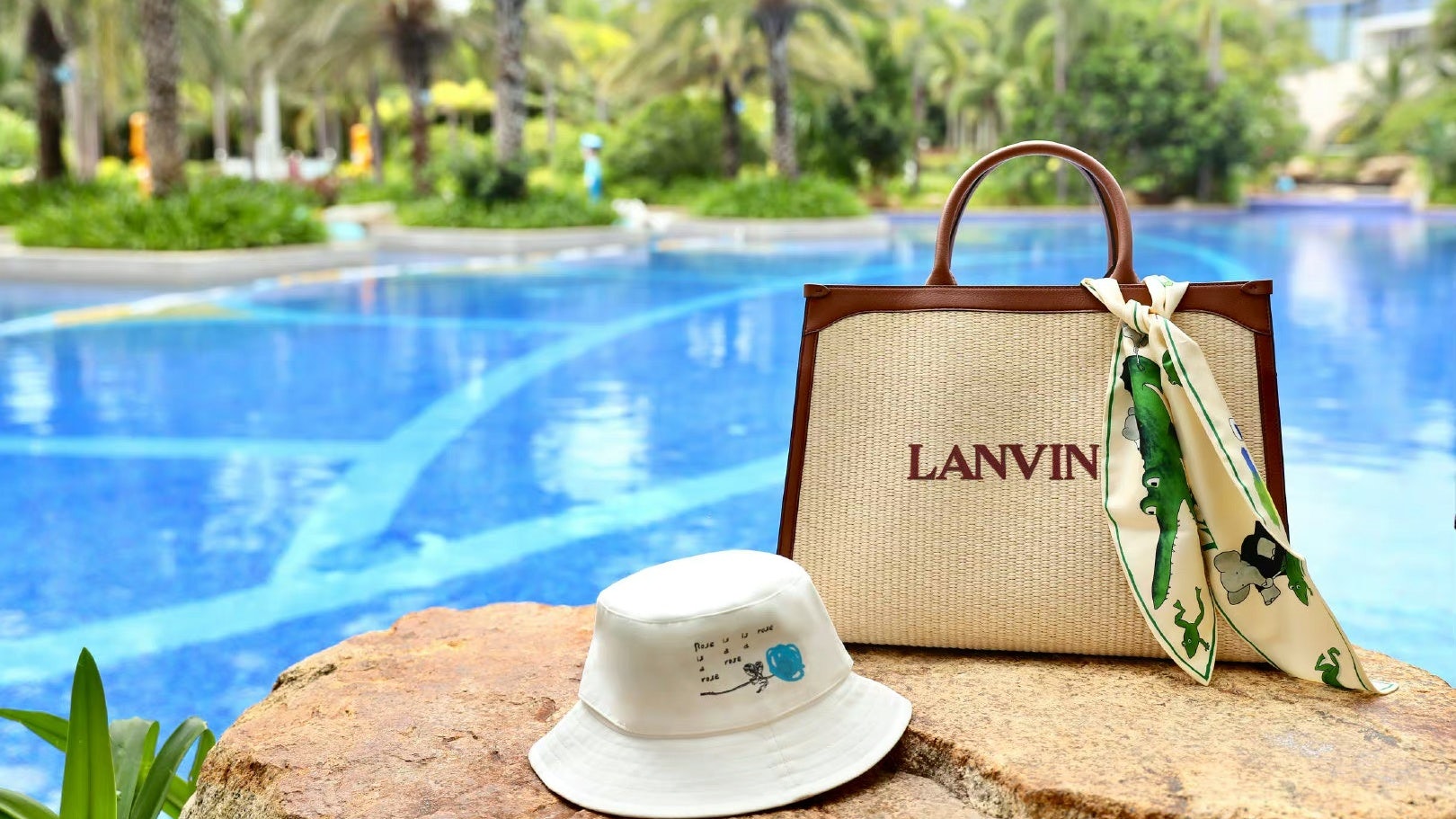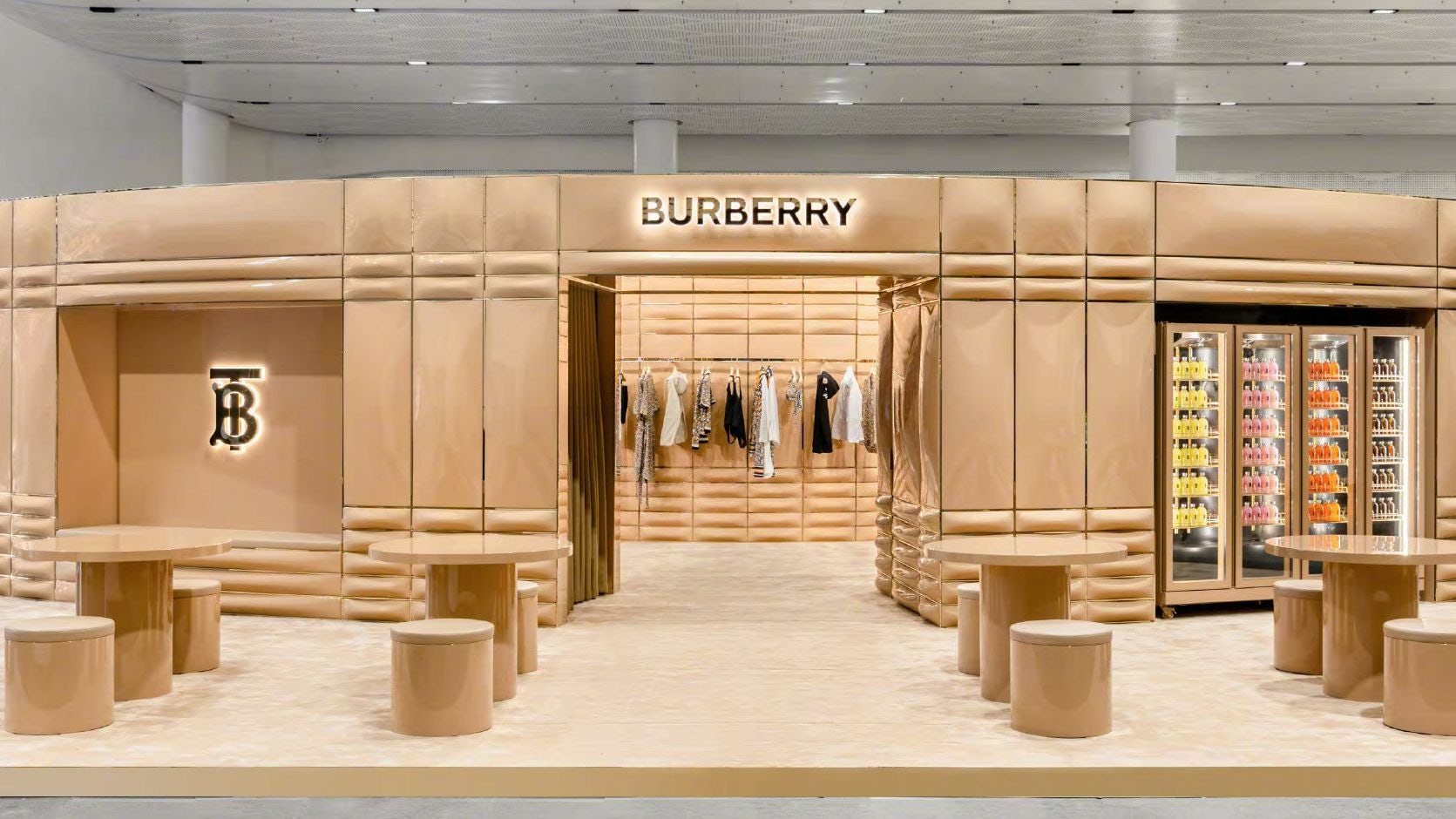What happened
Some 80,000 holidaymakers are stranded on the tropical island of Hainan after authorities imposed a lockdown to stem a COVID-19 outbreak. The restrictions came into force on Saturday morning as the southern province recorded a total of 982 confirmed cases in the past week. Negative-testing tourists will only be able to leave the island starting on August 13.
Currently, public transportation is suspended in order to restrict people’s movement inside the city and province-wide mass testing is being carried out. Duty-free stores in Sanya and Haikou have also been forced to close.
The Jing Take
Over the past two years — from July 2020 to June 2022 — Haikou customs recorded a total of 12.3 million passengers, 125 million products sold, and 13.5 billion (90.6 billion RMB) in sales of tax-free goods since. Such figures are now likely to drop as duty-free businesses suffer from a significant decrease in visitors and sales.
Due to the sudden restrictions, travelers are being faced with daily price hikes for food and flight tickets. Some even warned that food supplies could run low in a scenario similar to the Shanghai lockdown. Lots of citizens have expressed online they won’t be returning and like many others, Weibo user @duriikle wrote, “I will never come back!”
While this looks bleak, it’s unlikely to dent the long-term economic potential of the island. Hainan is currently the only destination where local daigous are able to travel to purchase tax-free luxury goods — an opportunity they have seized. In July 2020, the tax-free shopping quota for Hainan island was increased from 4,440 (30,000 RMB) per person per year to 14,800 (100,000 RMB). But that still wasn’t enough for some surrogate shoppers who liaised with local residents to facilitate their daigou business.
According to CBNdata, daigous are paying locals 220-295 (1,500-2,000 RMB) to use their tax-free shopping quota. Once the tropical resort opens again, they will likely be among the first to pour into the duty-free malls, alongside residents and tourists.
During the second China International Consumer Expo in late July, luxury behemoths like Richemont, L’Oréal, and Estée Lauder showed their commitment to the province’s duty-free market by hosting large exhibitions and presenting new product releases there. At this time the local government released 14.8 million (100 million RMB) coupons for duty-free and duty-paid businesses to stimulate consumption. And in recent years, many high-end houses such as Ferragamo, Moncler, and Lanvin have all chosen the southern province for pop-up events.
Given this commitment, it’s clear that maisons’ confidence in the island will not be easily dampened. And consumers will likely be attracted to the tropical resort too given the captivating incentives and experiential installations. As per China’s duty-free consumption report, by 2025 the market scale of duty-free consumption in Hainan is expected to exceed 23.7 billion (160 billion RMB). As such, businesses should not be put off by the temporary outbreak, but continue to double down on their efforts in this lucrative market.
The Jing Take reports on a piece of the leading news and presents our editorial team’s analysis of the key implications for the luxury industry. In the recurring column, we analyze everything from product drops and mergers to heated debate sprouting on Chinese social media.


